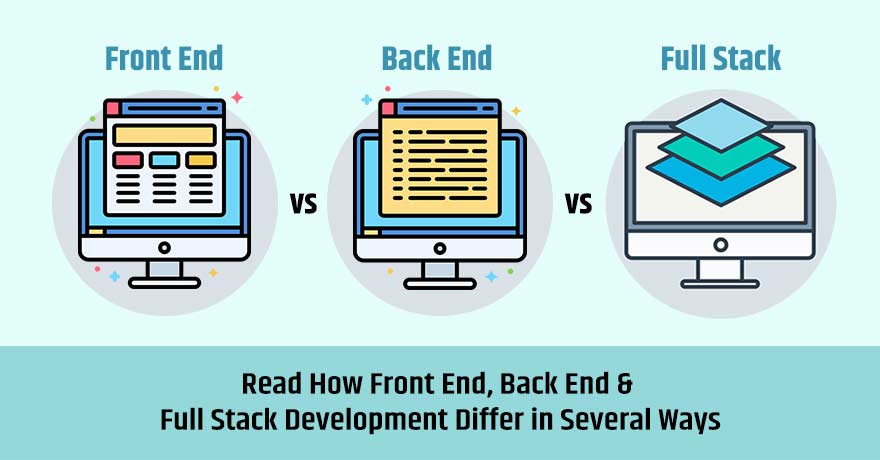Index Surge: Amplifying Your Insights
Stay updated with the latest trends and news across various industries.
Coding Magic in the Shadows: Back-End Development Unveiled
Discover the hidden world of back-end development and unlock coding secrets that bring websites to life! Join the magic today!
10 Essential Back-End Technologies Every Developer Should Know
In the ever-evolving landscape of web development, back-end technologies play a crucial role in ensuring the smooth operation of applications. Here are 10 essential back-end technologies that every developer should be familiar with:
- Node.js
- Python (Django and Flask)
- Java (Spring)
- Ruby on Rails
- PHP (Laravel)
- Go
- .NET
- GraphQL
- PostgreSQL
- Redis
Each of these back-end technologies offers unique features and benefits that can greatly enhance a developer's skill set. For instance, Node.js allows developers to build scalable network applications with ease, while Python frameworks like Django offer rapid development capabilities. Understanding these technologies not only improves a developer's versatility but also prepares them to tackle complex projects in a collaborative environment.

Unlocking the Secrets of RESTful APIs: A Comprehensive Guide
In today's digital landscape, RESTful APIs are essential for facilitating communication between different software systems. REST, which stands for Representational State Transfer, utilizes standard HTTP protocols to enable seamless data exchange. To understand the core principles of RESTful architecture, it's crucial to grasp the key constraints it adheres to. These include:
- Statelessness: Each API call from a client to a server must contain all the information needed to understand and process the request.
- Resource-based: REST focuses on resources, identified through URIs, allowing developers to perform CRUD (Create, Read, Update, Delete) operations.
- Layered system: RESTful services enable the architecture to be composed of multiple layers, enhancing scalability and security.
When working with RESTful APIs, developers often face challenges such as ensuring efficient error handling and optimizing performance. One effective strategy is to implement HTTP status codes to provide clear feedback regarding the success or failure of API requests. For instance, responses can vary from 200 OK for successful requests to 404 Not Found when a resource is unavailable. Additionally, utilizing caching techniques allows repeated requests for the same resource to be served more quickly, reducing overhead and improving user experience.
How Does Server-Side Programming Work? Demystifying Back-End Development
Server-side programming refers to the backend processes that occur on a web server. Unlike client-side scripts that run in the user's browser, server-side code is executed on the server before any content is sent to the client. This allows developers to generate dynamic content based on user requests, manage databases, and handle user authentication. The most common languages used in server-side programming include PHP, Python, Ruby, and Java.
When a user interacts with a web application by submitting a form or clicking a button, a request is generated and sent to the server. The server processes this request through various layers of code, retrieves the necessary data from databases, and generates a response. For example, consider how an online shopping site works: when a user adds an item to their cart, the server updates the cart data in real-time, ensuring that the user's experience is smooth and seamless. Ultimately, server-side programming is essential for creating robust web applications that can handle complex operations and provide personalized experiences for users.